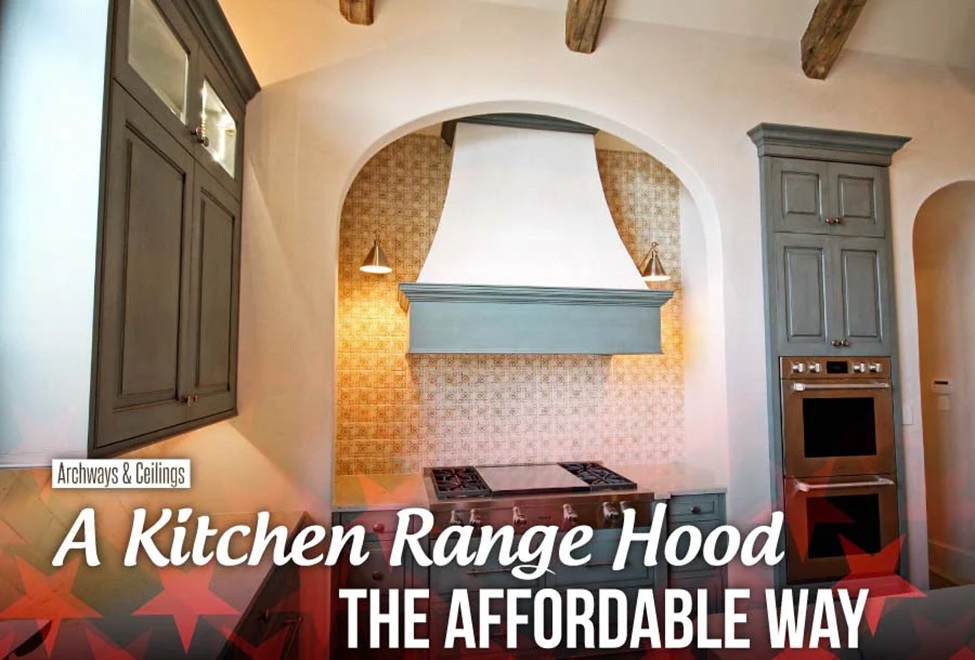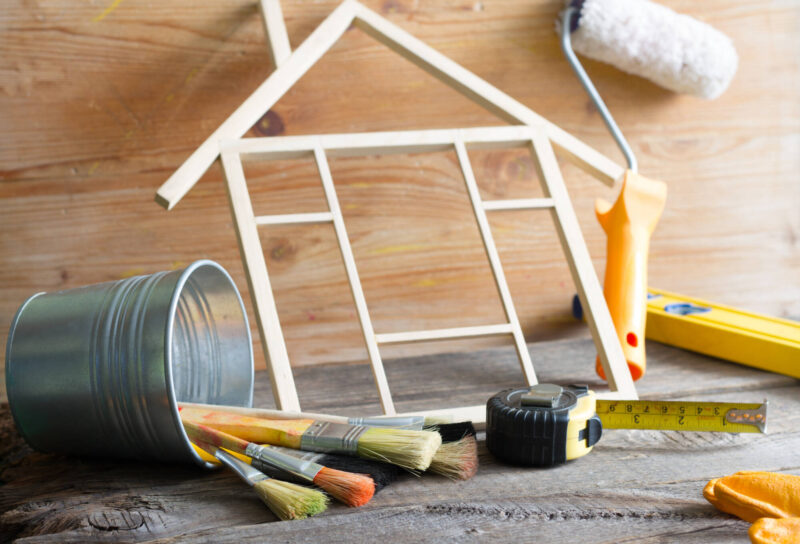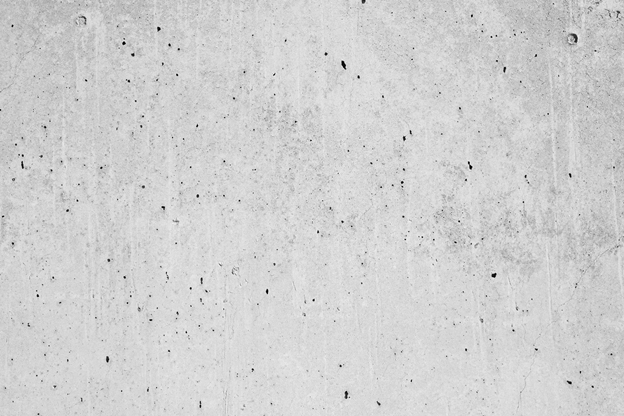In the bustling world of construction and architecture, the consideration of how sound moves through structures has become as essential as ensuring the building stands tall. Sound insulation isn’t just about creating a silent retreat. It’s about enhancing the quality of life for those within its walls.
For architects, construction professionals, and homeowners alike, understanding the intertwining dance of regulations, codes, and practical applications of soundproofing can make a significant difference in your next project.
Introduction to Sound Insulation
Think of sound insulation as the unsung hero of architectural design. It’s the barrier that shields you from the neighbour’s dog barking at odd hours and ensures that confidential meeting in the boardroom remain confidential.
Its relevance spans from residential to commercial buildings, aiming to improve comfort, privacy, and overall environmental quality.
Local, national, and international regulations are the backbone of sound insulation practices.
These rules ensure a standard is met, keeping our buildings not just safe structurally but also livable. They influence everything from the minimum requirements for sound insulation between dwellings to the specific guidelines on materials and methods to be used during construction.
Building Codes and Standards
Depending on where you’re building, the regulations can vary significantly. For example, the International Building Code (IBC) provides a framework that many countries adapt and enforce according to their specific needs.
Regions prone to high levels of environmental noise may have stricter standards compared to quieter areas. Key standards to be aware of include ASTM E90 for testing the sound transmission class (STC) of a partition and ISO 16283 for field measurement of sound insulation in buildings.
Materials and Techniques
The choice of materials and construction techniques is vast and varied, but not all are created equal when it comes to meeting regulatory standards.
Some of the most effective sound insulating materials include dense insulation boards, double-glazed windows, and high-performance acoustic panels.
Techniques such as staggered studs or double wall construction can also significantly reduce sound transmission. It’s essential to consider not only the materials and techniques used but also their compatibility with the specific building code and regulations in place.
Benefits of Compliance
Adhering to sound insulation regulations and building codes has numerous benefits, including meeting legal requirements, improved comfort for occupants, reduced noise pollution, increased property value, and compliance with green building standards.
Prioritising sound insulation, architects and builders can also enhance their reputation for delivering high-quality and livable spaces. For homeowners, investing in sound insulation means peace of mind and a more enjoyable living environment.
Future Trends
The future of sound insulation is vibrant and promising. Innovations in material science are leading to thinner, more efficient soundproofing solutions. Technology, like active noise cancellation, is finding its way into architectural applications.
Additionally, as environmental considerations become increasingly pivotal, the integration of green building standards with sound insulation practices is likely to become more prevalent.
Keeping up to date with these trends will be crucial for architects and construction professionals in delivering projects that meet the evolving needs of clients and regulations.
Challenges and Obstacles
Despite the clear benefits of sound insulation compliance, there are still challenges and obstacles to achieving optimal performance. These can include budget constraints, lack of knowledge or expertise on regulations and codes, and resistance to change or implementing new techniques.
To overcome these obstacles, it’s important for all parties involved to work together and prioritise sound insulation practices. This can lead to finding cost-effective solutions, staying up-to-date with regulations and codes, and promoting a culture of innovation and continuous improvement.
Conclusion
The interplay between regulations, building codes, and sound insulation practices is crucial in creating spaces that are not only functional but also comfortable and conducive to their intended use. Staying informed and proactive, architects, construction professionals, and homeowners can ensure their projects not only comply with the necessary statutes but also set new standards in acoustic excellence.
Remember, while navigating through these regulations and codes may seem daunting at first, they provide a roadmap to achieving spaces that offer solace from the outside world—a worthy goal for any project.




